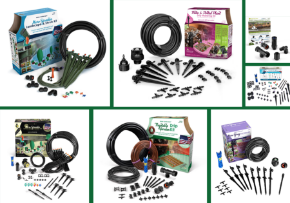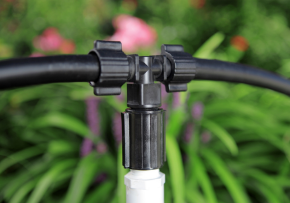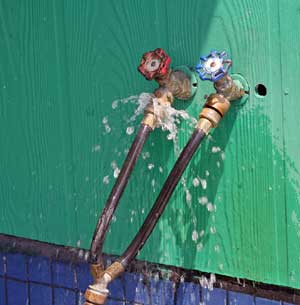With spring rolling in around the corner, there are many things to get in order to prepare for Spring gardening. For those of you out there who are a little more free spirited with your gardening, in the sense that the flowers will “grow where they grow,” this DIY probably won’t hold much interest for you. But for those of you with the obsessive-compulsive, perfectionist’s personalities in the garden stay tuned.
Here is a great way to get all your little seedlings lined up and in order like a well-trained platoon of soldiers.
What you will need:
- 1- foot by 1-foot pieces of plywood
- Tape Measure or ruler
- Pencil and Permanent Marker
- 30 small objects to make holes in the soil (wine corks, wooden spools)
- Wood Glue
- 4 cabinet handles
- Sandpaper
- Wood stain (if desired)
Steps:
1. Sand out any rough edges on our 1-foot by 1-foot boards
2. Using your ruler measure out in the cneter of the boards, a grid of 9 equal squares (see image)

3. Take your small bojects using the wood glue, and attah them at al intersections of your gride. Let dry. (see image)

4. Once your pieces are dry, flip the board and attach your cabinet handle using wood glue, in the center of the board
5. Finish with wood stain if desired.

Once spring comes, and it’s time to plant, you can be sure that this DIY Planter Template will have you planting even rows of beautiful flowers, fruits and vegetables.
Happy Gardening Everyone!
































